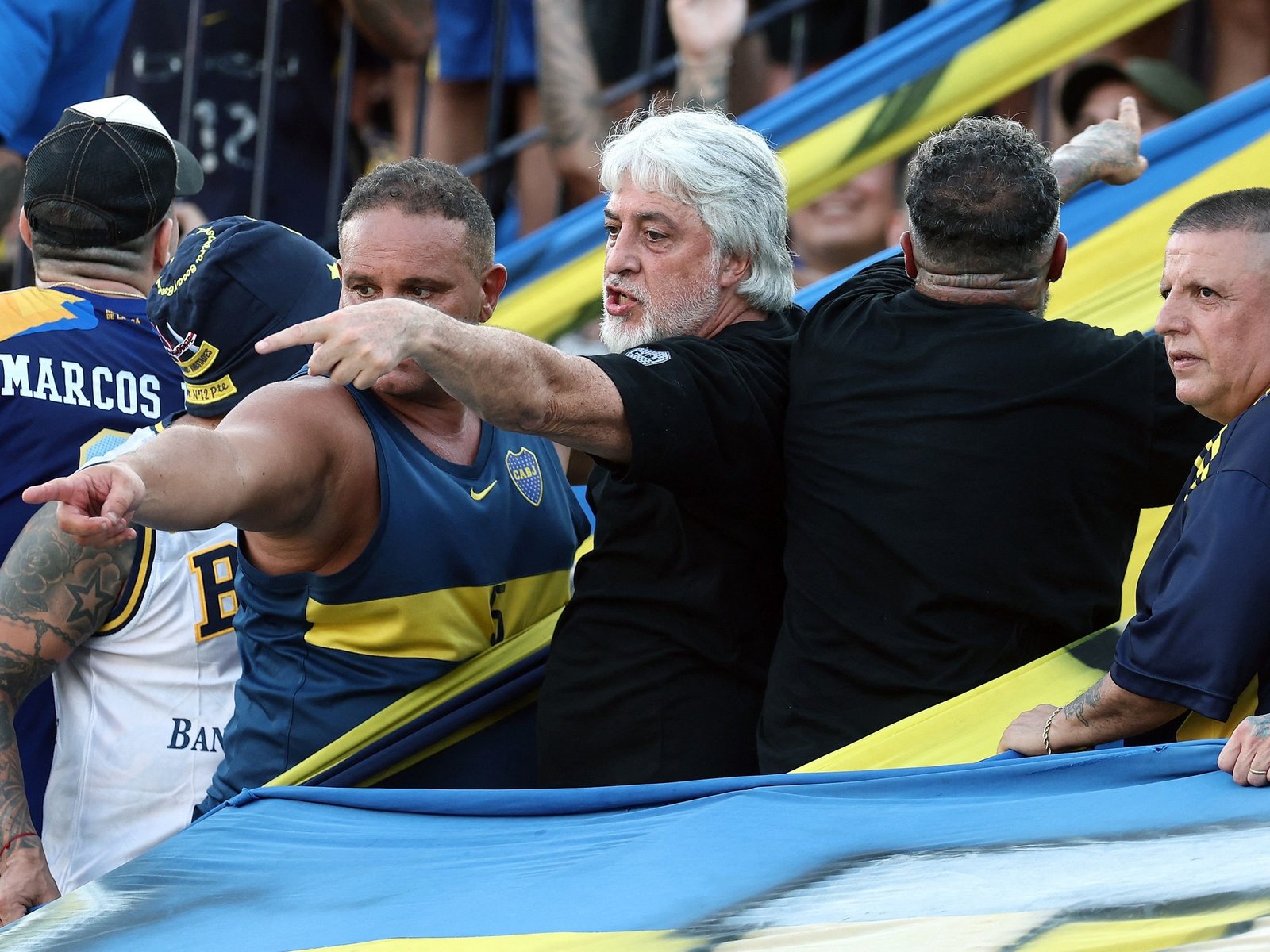What determines whether someone is from a place? Are you from a place because you were born there, or because you’ve lived there most of your life? Can you be from a place without being born there?
When I was a child in Los Angeles in the 1990s, my neighbors answered all these questions with a resounding yes. It didn’t matter if you were from Mexico, Nicaragua, Cuba, or Colombia; from Armenia, the Philippines, China, Korea, or Japan. If you had moved to the neighborhood decades ago, worked in the same factories and fields, and if your kids went to the same schools and the same churches or temples as their kids, then you were from there. That’s why I’m not surprised to see my hometown raising its voice against President Donald Trump’s immigration policies. In recent weeks, the world has seen the people of Los Angeles protesting not only against deportation policies, but also in defense of their neighbors.
Trump and those who support his policies criticize the protests and point to how some demonstrators set cars alight and graffitied property. But the majority of these protests — as anyone not tuned in only to Fox News has seen — have been peaceful.
Angelenos didn’t take the bait when Trump ordered the deployment of 2,000 National Guard members to California, even though neither state authorities nor those in Los Angeles had requested them. When local officials imposed a curfew, the vast majority complied. And instead of photos and videos of chaos in the streets of Los Angeles, the president was met with images of protests that were very much in the spirit of the city. That is, multicultural demonstrations with protestors wearing sombreros and holding signs in the colors of the LGBTQ+ flag.
Protestors celebrated with mariachi and regional bands playing La Chona. The messages on the signs made clear in English that they wanted a “peaceful protest” and, at the same time, that there was no “faux-king way” they would accept the president’s deportation policies. Meanwhile, demonstrators carried flags of Mexico, El Salvador, and Guatemala, with posters in Spanish emphasizing that “el pueblo unido jamás será vencido” — the people united will never be defeated.
And it wasn’t only Latinos who showed their solidarity. The African American community also joined the cause, from rapper Doechii — who while accepting a local award for best hip-hop artist said that it was her responsibility to speak up for the oppressed — to the city’s own mayor, Karen Bass, who has voiced and reaffirmed her support for the protests. The Asian community also aligned with the undocumented community, even though the Japanese American National Museum was vandalized during the protests; it was the very volunteers who cleaned up the graffiti who came out in support of the demonstrators.
Because this is El Pueblo de Nuestra Señora la Reina de Los Ángeles — The Town of Our Lady the Queen of the Angels —, where El Rey by Vicente Fernández is sung in the same baseball stadium where Fernando Valenzuela once inspired a community that now dreams of Japanese star Shohei Ohtani’s batting skills. Where street vendors don’t just sell hot dogs and hamburgers, but also tacos, raspados, and elotes. In Los Angeles, diversity is celebrated.
Achieving this diversity, however, has been difficult. The city wasn’t always like this. I wonder what my elementary school classmates, who were mostly of Latino and Mexican origin, thought. But we also lived among the immigrants from Ukraine, Russia, Vietnam, Laos, Thailand, and Cambodia, and their children.
In the 1990s, Proposition 187 — which sought to ban public services to undocumented immigrants — dominated headlines in California. Proposition 187 changed everything. A federal court ruled the law unconstitutional, but not before Californians realized it was nearly impossible to distinguish between Latinos who were born in the United States and undocumented immigrants who had recently arrived.
No one wanted to take away public services from their neighbors or deny their children access to public education. Even less did they want immigration raids storming their neighborhoods or workplaces to forcibly remove their friends and coworkers.
The Latino community and its allies turned against the Republicans and propelled a Democratic majority to power in the state. This new majority also pushed through laws that allowed undocumented youth to benefit from reduced tuition at public universities, with the idea that if these children had grown up in California, then in some way — even if not officially or legally — they were Californians. That same majority turned California into a sanctuary state for immigrants — the same step Los Angeles later took. That state, that city, already had the debate that the rest of the United States is now facing.
If the president wants to strictly enforce the country’s immigration laws, he will have to make sacrifices. Many residents who no one would have suspected of being undocumented will be deported. And then, as we’ve already seen in conservative cities, there will be surprise and regret.
Agricultural and hotel businesses will also suffer, losing large numbers of their workers — something they’ve already begun warning Trump about. And Trump, in turn, has acknowledged that changes are coming.
Apparently, other major cities in the country — from Dallas to New York, where protests were also seen — have also come to the same conclusion as Los Angeles.
The president and his voters are right: every country has borders and immigration laws to enforce. The question is how to do it and whether the president is doing it legally.
In Los Angeles, residents have clearly said “no” to the deportation of their neighbors, inspiring nationwide opposition.
What remains to be seen is how the rest of the country will respond.
Sign up for our weekly newsletter to get more English-language news coverage from EL PAÍS USA Edition








